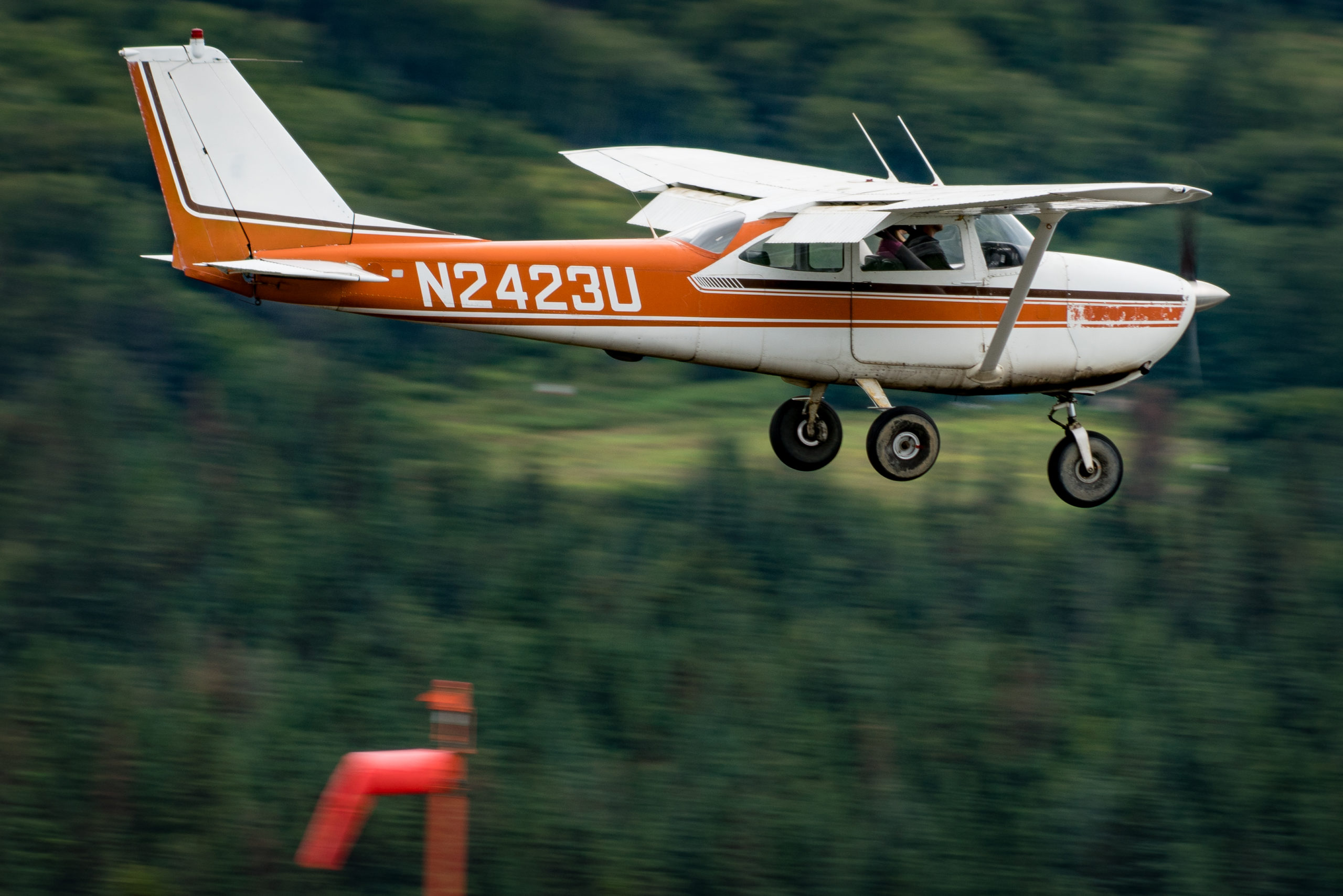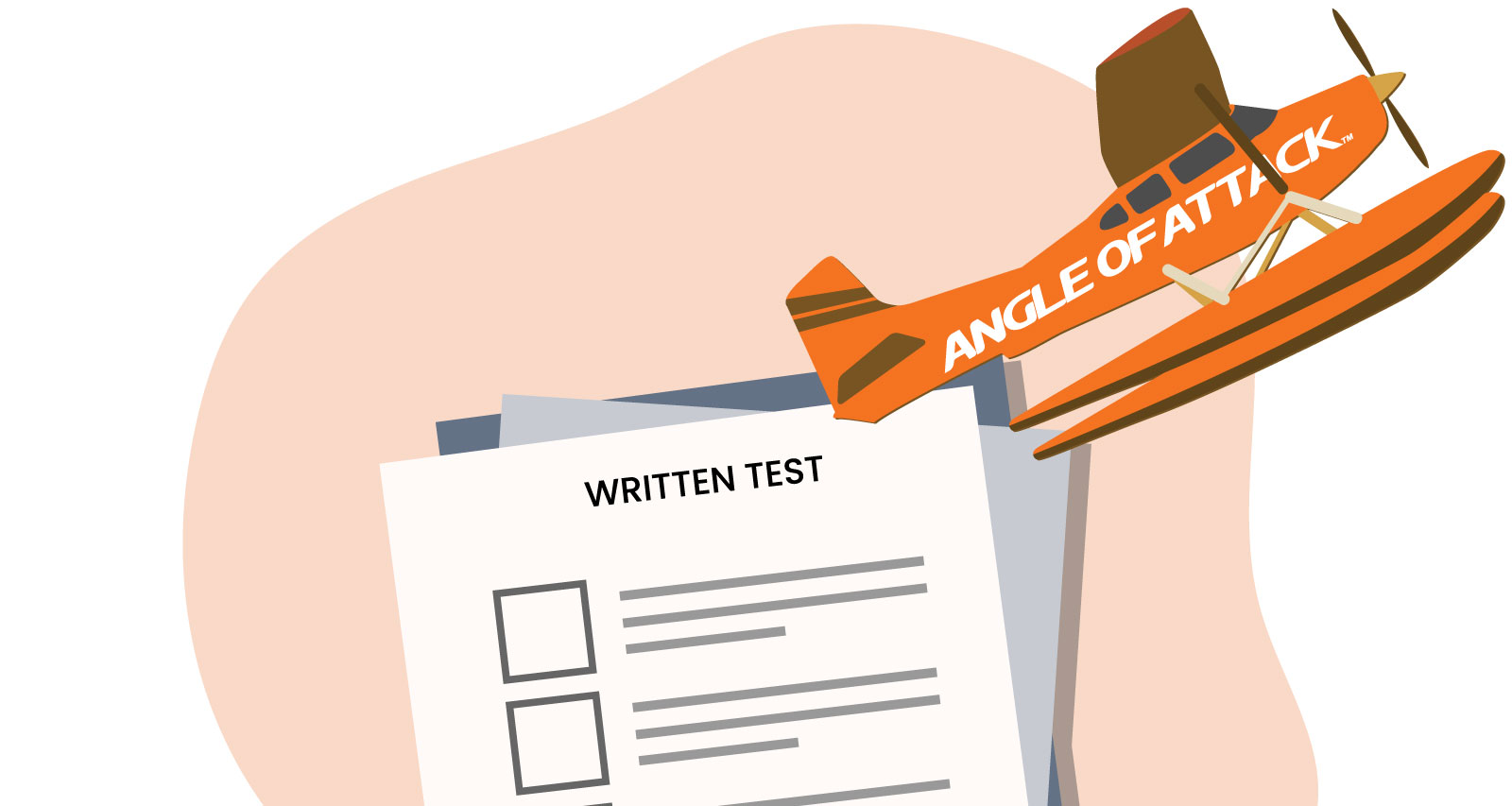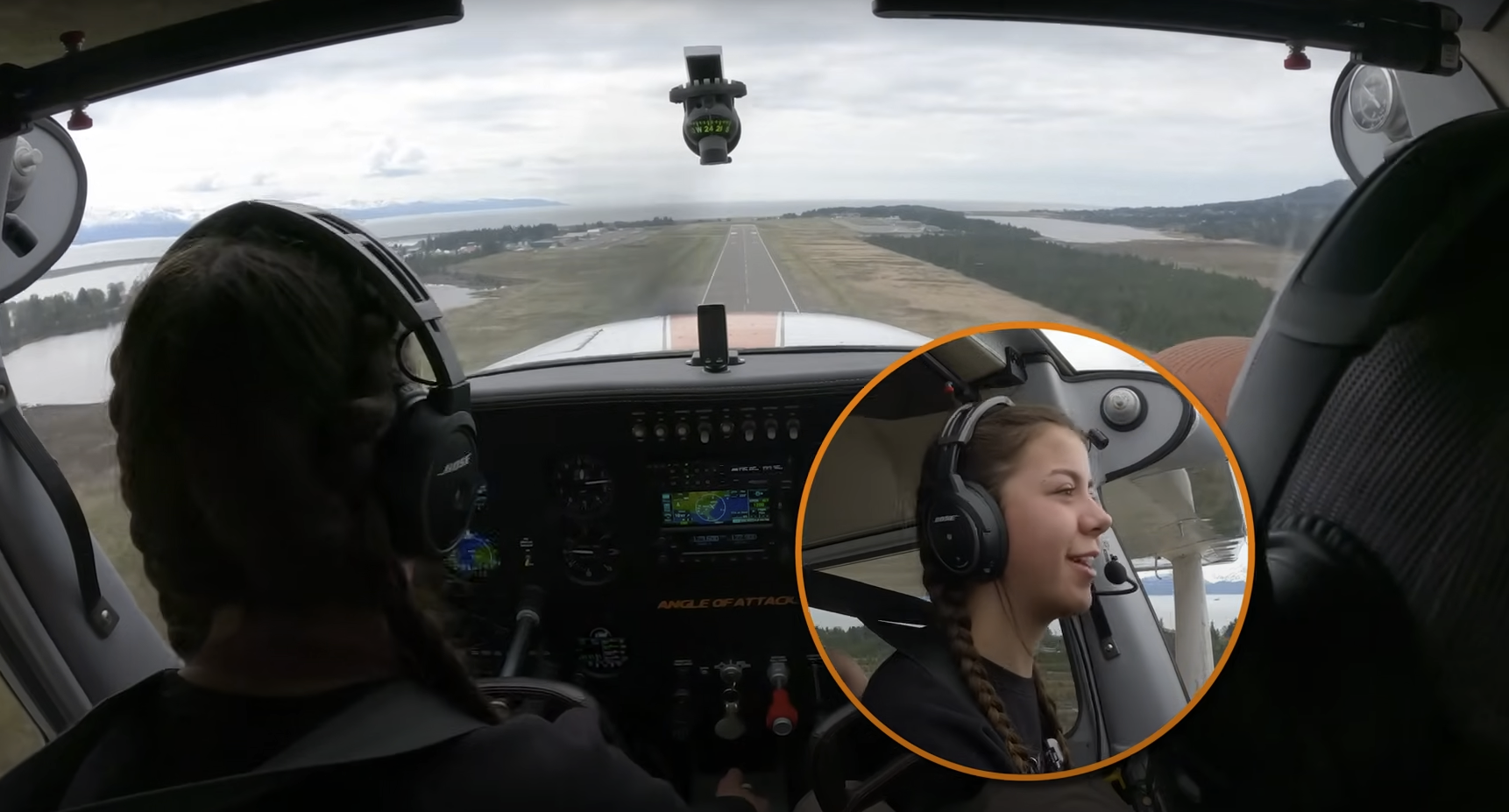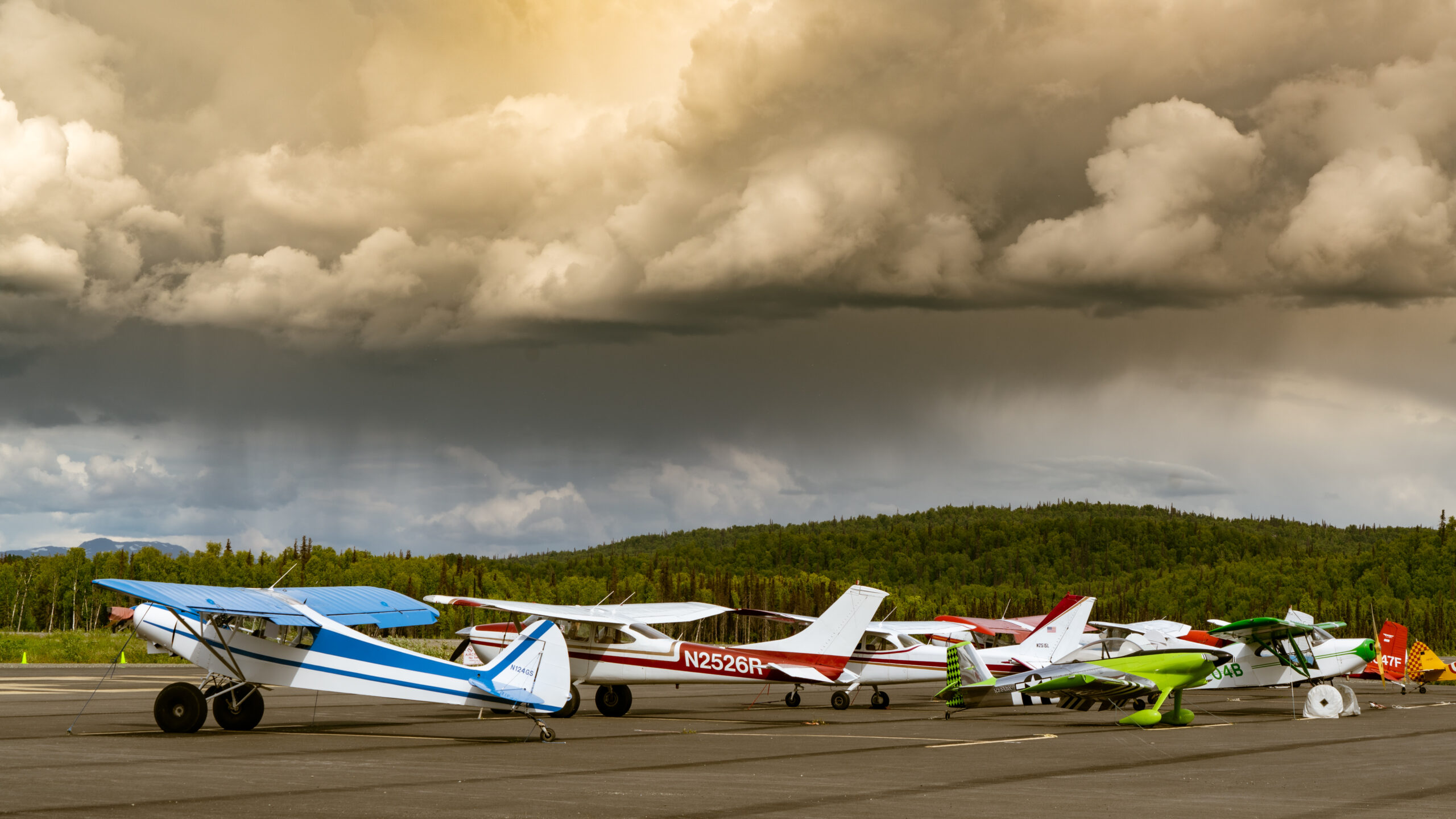
Flying a power-off 180º landing (or short approach, as ATC calls it) is a fantastic way to really learn how your airplane flies. It’s one thing to fly around with controlled power, and to land with power. It’s an entirely different feeling to experience all the extra energy your airplane has on its own, with the addition of gravity bringing you down.
Why Learn the Power-Off 180 Landing?
Why would we be doing this power-off 180 landing on the commercial pilot level? Well, it takes a lot of skill, great energy management, and the proper execution increases your (and your passenger’s) likelihood of survival if you ever have an engine out. Therefore, it’s actually quite a practical maneuver to learn. If you were to have an engine out issue, you will now have some tools in your toolbox to get down to a perfect spot, maybe the ONLY spot, to land safely.
Now to execute a Power Off 180º Landing is simple. You will reduce the power to idle at abeam, the touchdown point, and exercise the same procedure for a short field landing in terms of our touchdown spot.
Finding the best glide
A great way of thinking of this energy is ‘buoyancy’. Like a boat, we have a certain amount of that buoyancy left in the wing as we work our way down to the touchdown point. It’s a matter of timing and precision, feeling out the constant state of energy of the airplane, and flying accordingly.
To practice, as you’re abeam and the airplane is set up, pull the power out. Immediately shoot for your best glide. In this case in the 172, it’s 80MPH or about 70KTS. Then you’ll fly one continuous arc to the runway touchdown spot, constantly evaluating the state of the energy of the airplane.
 There are several tools available to you to nail this landing. The first is distance. As you draw that curve to 180º, the size of that arc really matters. You get to pick how much distance you cover over the ground on the way to your landing spot, try to not make the arc a cross-country flight. If you need to, shallow out your bank and stay out a bit longer or consider squaring up your turns if you’re still too high.
There are several tools available to you to nail this landing. The first is distance. As you draw that curve to 180º, the size of that arc really matters. You get to pick how much distance you cover over the ground on the way to your landing spot, try to not make the arc a cross-country flight. If you need to, shallow out your bank and stay out a bit longer or consider squaring up your turns if you’re still too high.
What is drag and how you can use it?
Think flaps in the power-off 180 procedures. The timeliness of your flap deployment is essential. High or low, fast or slow? Consider adding the drag earlier, to slow down and increase your descent angle, or to just simply slow down. Too low, too slow, or just enough energy? Use your distance to go more direct to your landing point, and don’t think about adding drag yet unless necessary. You don’t even have to add those flaps. Keep the speed up and get there if you’re running out of distance.
Now, hit your target landing spot with minor final adjustments. It’s better to come in a little too high than too low. You can always slip down, or zig-zag on the final to make up more distance.
Don’t forget to use the ground effect to your advantage. If you keep too much energy you’ll float. It’s amazing what a little bit of floating in ground effect will do. It could give you that extra little bump to get to the touchdown zone, so embrace that ground effect, and don’t panic.
There you have it, now you’re ready to tackle power off 180º landings. If you have questions on the power-off 180 landings, contact anyone at Angle of Attack ground school and we can point you in the right direction.
Chief Flight Instructor and President of Angle of Attack. Founded in 2006.

Stay Connected
Be the very first to get notified when we publish new flying videos, free lessons, and special offers on our courses.





